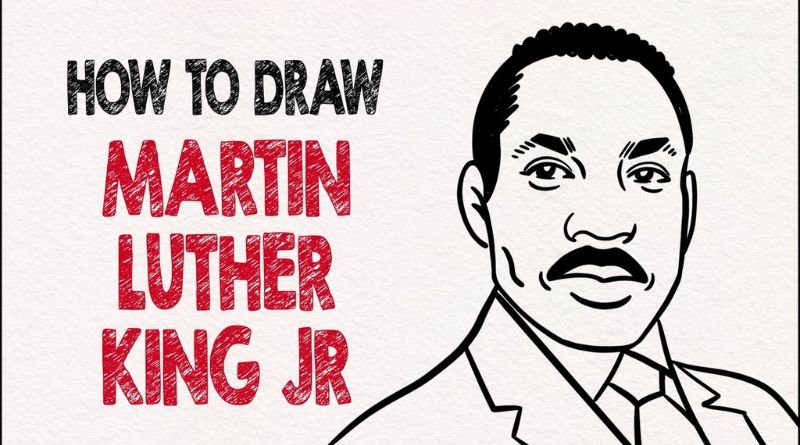Martin Luther King Jr. is one of the most iconic figures in modern history, remembered for his unwavering dedication to civil rights and his profound impact on the fight against racial segregation and inequality in the United States. A sketch of Martin Luther King Jr. captures more than just his likeness—it embodies the ideals, values, and hope he inspired in millions.
This article delves into the significance of Martin Luther King Jr., his legacy, and how sketches or artworks honoring him play a role in keeping his message alive.
Table of Contents
The Legacy of Martin Luther King Jr.
Dr. Martin Luther King Jr. (January 15, 1929 – April 4, 1968) was a Baptist minister, activist, and leader of the Civil Rights Movement. He is best known for advocating nonviolent resistance as a means to combat racial injustice, drawing inspiration from Mahatma Gandhi’s philosophy of peaceful protest.
Some of his most notable contributions include:
- The Montgomery Bus Boycott (1955-1956): King played a pivotal role in this boycott, which led to the desegregation of buses in Montgomery, Alabama.
- The March on Washington (1963): During this monumental event, King delivered his iconic “I Have a Dream” speech, calling for racial harmony and equality.
- Nobel Peace Prize (1964): At just 35, King became the youngest recipient of the Nobel Peace Prize for his work in combating racial inequality through nonviolent resistance.
- Civil Rights Act of 1964 and Voting Rights Act of 1965: King’s efforts contributed significantly to the passage of these landmark legislations that outlawed discrimination and protected voting rights.
The Role of Art in Honoring Martin Luther King Jr.
Sketches and artwork of Martin Luther King Jr. serve as timeless reminders of his courage, compassion, and vision for a more just world. A single sketch can convey emotions and tell stories about his sacrifices and enduring impact.
- Art as a Teaching Tool: A sketch of King can spark conversations about history, equality, and social justice, particularly among younger generations.
- Cultural Significance: Artworks featuring King often become focal points during events like Martin Luther King Jr. Day, celebrated annually in January.
- Symbol of Unity: Artistic representations of King, including murals, sculptures, and sketches, are often displayed in public spaces to inspire unity and hope.
Creating a Martin Luther King Jr. Sketch
For artists, sketching Martin Luther King Jr. is both a creative challenge and a profound way to honor his memory. To capture his essence in a sketch:
- Focus on Expression: King’s face is often associated with determination, compassion, and strength.
- Incorporate Symbolism: Consider adding elements like the steps of the Lincoln Memorial (where he gave his “I Have a Dream” speech) or a dove to represent peace.
- Keep His Vision in Mind: Ensure the artwork conveys the principles King stood for—equality, justice, and love for humanity.
Frequently Asked Questions
1. Why is Martin Luther King Jr. often depicted in art?
Art is a powerful medium to honor his legacy and ensure his messages of equality and justice remain visible and impactful across generations.
2. What is the significance of the “I Have a Dream” speech?
This speech, delivered during the March on Washington in 1963, is considered a cornerstone of the Civil Rights Movement. It articulated King’s vision for a society free of racial prejudice and discrimination.
3. How can I learn to draw a sketch of Martin Luther King Jr.?
Start with basic sketching techniques and focus on references that highlight his most recognizable features, such as his distinct facial expressions and iconic suits. Tutorials and art classes can also help refine your skills.
4. Where can I find art honoring Martin Luther King Jr.?
Art honoring King can be found in museums, public murals, and even online platforms that celebrate historical figures. Many communities also host exhibitions during Martin Luther King Jr. Day.
A sketch of Martin Luther King Jr. is more than a depiction of his face; it is a tribute to his life’s work and an enduring symbol of his dream for a better future. Whether through art, education, or activism, we can all play a role in continuing his legacy of equality and peace.





